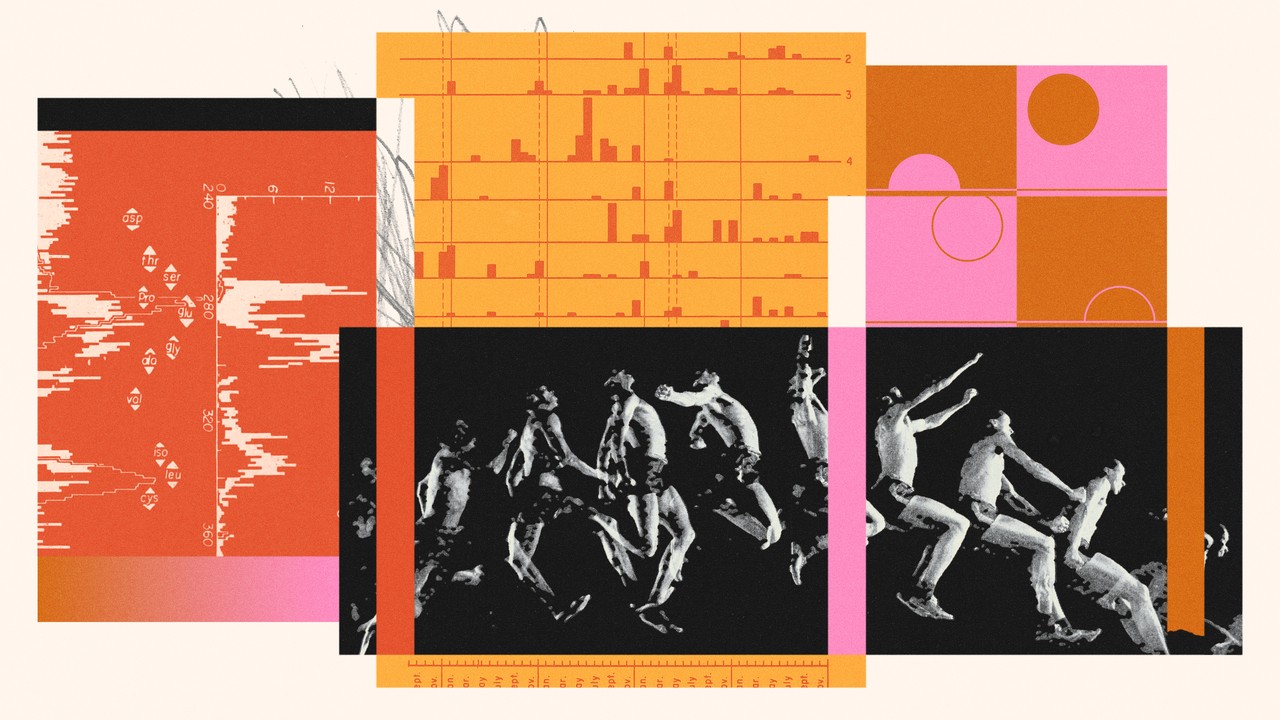Why is cohort-based learning so effective?
Apr 29, 2022 by Nomadic Team

A definition of cohort-based learning
Cohort-based learning is a model of collaborative learning where a set group of learners moves through a sequence of interactive content together, discussing and sharing their ideas the way.
It’s an impactful learning method because it helps learners close the gap between simply gaining new knowledge and being able to put that knowledge into practice. It also tends to drive great learner engagement, as it capitalizes on the fact that humans are social creatures, and learn more effectively when the experience features a significant amount of peer interaction.
So it's no surprise that collaborative, cohort-centric learning has been gaining traction in L&D the past few years. But to really understand why this learning method has made such an impact, it's worth diving into the specifics of what, exactly, makes cohort-based learning so effective.
Asynchronous vs. synchronous learning: how about something in between?
At Nomadic, our cohort-based learning is semi-synchronous. What does this look like in practice? Learners engage with the content in a self-directed fashion, on their own time and in the flow of their work. But our Programs are also time-bound, with a start and end date for each cohort. This means that though every learner moves through the Program at their own pace, they’re doing so within the same rough timeframe as their fellow cohort members.
To envision this, think of other semi-synchronous tools like Slack, Teams, Whatsapp, or even social media platforms like Facebook and Instagram. Users post when it’s convenient for them, but still get that spark of engaging in a conversation during the same general time frame as the other users participating in the discussion.
From the beginning, we saw that this semi-synchronous collaborative learning model led to huge gains in learner engagement, completion rates, and metrics related to both business outcomes and transformation. And this made sense: because people use these sorts of tools frequently in their work and personal lives, this style of engagement tends to be very natural for learners. (Even if they’ve never heard the term “semi-synchronous!”)
But we wanted to understand more about why this model of cohort-based learning was working so well. We knew we had made a somewhat radical decision in creating a model that had no instructor or facilitator, instead putting the cohort at the center of all the learning. Learners would explore our multimedia content, answer questions, and discuss their ideas with their fellow cohort members. And as they did so, they seemed to take ownership of the learning process––and the process of applying their ideas to their work––much more quickly than we’d ever seen in any facilitator-led model.
Was the instructorless model a key part of what made cohort-based learning so effective?
Cohort-based learning: a test of what works
To answer this question, we carried out an experiment with Citi, splitting cohorts into three types:
- A group with an assigned facilitator, announced to the group, who gave substantive feedback on comments and exchanges within the Academy
- A group with no facilitation
- A group with an assigned facilitator who was not announced to the group and simply played a “cheerleader” role, leaving comments thanking learners for sharing their ideas, but no substantive feedback
Each time we ran this experiment, the third group saw significantly more engagement and interaction between learners. The second group followed, while the group with a facilitator playing a more traditional instructional role consistently lagged behind.
The next step was to interview learners about their experiences in the different groups. It quickly became clear that the presence of a formal instructor made the learners feel less responsible for driving active conversation with their peers. In fact, sometimes the interviewees wanted to speak up and share their insights, but they felt they’d be stepping on the facilitator’s toes if they were too engaged with their fellow learners’ ideas––that was the teacher’s job, after all.
Cohort-based learning and inclusion
The benefits of this increased interaction and ownership of the learning process were clear for metrics like engagement and completion rates, and they also drive rich qualitative data that emerges from the discussions between learners. One client called the Academy an “insights machine,” giving leaders a wealth of information they could then mine for new ideas and use to spark innovation. But this model also offers clear benefits for diversity, equity, and inclusion, too.
Outside the bounds of the Citi study, we’ve seen that, in a given cohort, a small group of learners almost always takes on this “cheerleader” role we described: encouraging their fellow learners, kicking off great conversations, and leading the way in modeling curiosity, openness, and deep engagement with the learning material. This pattern is so consistent, we’ve begun seeing it as a key indicator of a healthy learning cohort.
And perhaps the most interesting point from a DEI perspective is that these unprompted “cheerleaders” are rarely the employees organizations anticipate. The behavior thus provides another useful data point about internal talent, potential emerging leaders, and quiet forces within the organization––one our clients never would have observed with an instructor in the mix. One learner described this phenomenon well, saying that instructorless cohort-based learning draws “a wider range of ideas from a broader group of individuals.” The learner also noted that introverts, in particular, tend to express more ideas in the Academy than they might in a meeting setting, benefiting from the mixture of individual reflection and group collaboration that semi-synchronous learning provides.
Similarly, another learner pointed out how the Academy allows non-native language speakers time to gather and express their thoughts more comfortably than they would in a live workshop––all factors that make the learning experience not only more effective, but more inclusive and more conducive to discovering new internal talent, too.
What’s next for cohort-based learning?
We’re excited to see where cohort-based learning goes next. It’s proven a great way to create capability academies, bringing learners together to build capabilities in a given function or topic area. AB InBev, for example, saw success with a capability academy built for their marketing function––so much success that they won the Cannes Lions’ Creative Marketer of the Year.
This model has also proven a very effective way to scale learning across a global team. In one instance of this, PepsiCo initially saw digital cohort-based learning as a stopgap solution during the pandemic, when they weren’t able to bring people together for in-person alternatives. But once they saw the results and the business outcomes, they realized that for a global brand with learners across four continents, an easily scalable solution not only made more sense, it was simply more impactful.
For this scalability, the semi-synchronicity and the collaborative model are key. There are no instructors to onboard, no time zone hassles, and the digital learning can be easily translated to reach team members across the world. (To learn more about how PepsiCo did this, and how they got senior leadership on board with their cohort-based learning plan, check out our case study!)
Bottom line: cohort-based learning has already been an incredible success, and we’re looking forward to see it continue to impact learners and their organizations in a powerful way––especially at a time when learning is more urgent than ever.
*
To learn more about Nomadic's semi-synchronous cohort-based learning, download your free copy of our report, Why the Future of Learning is Instructorless. In it, we explain how we designed our Academy to put learners at the center (rather than an instructor), to foster lively debate, and to make the learning immediately relevant to cohort members' daily work.
Interested to discover more about what Nomadic’s cohort-based Academy can do for your organization? Learn about our approach, or get in touch to request a demo.
Sign up to get the latest expert commentary, analysis, and news in learning and leadership delivered straight to your inbox.



